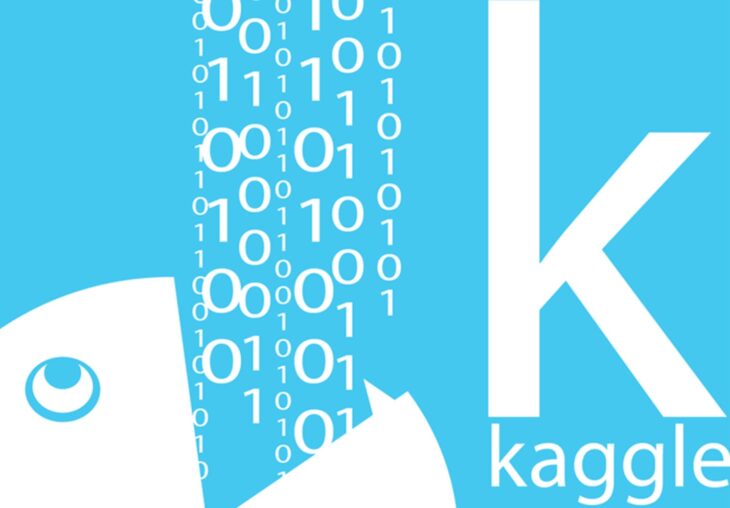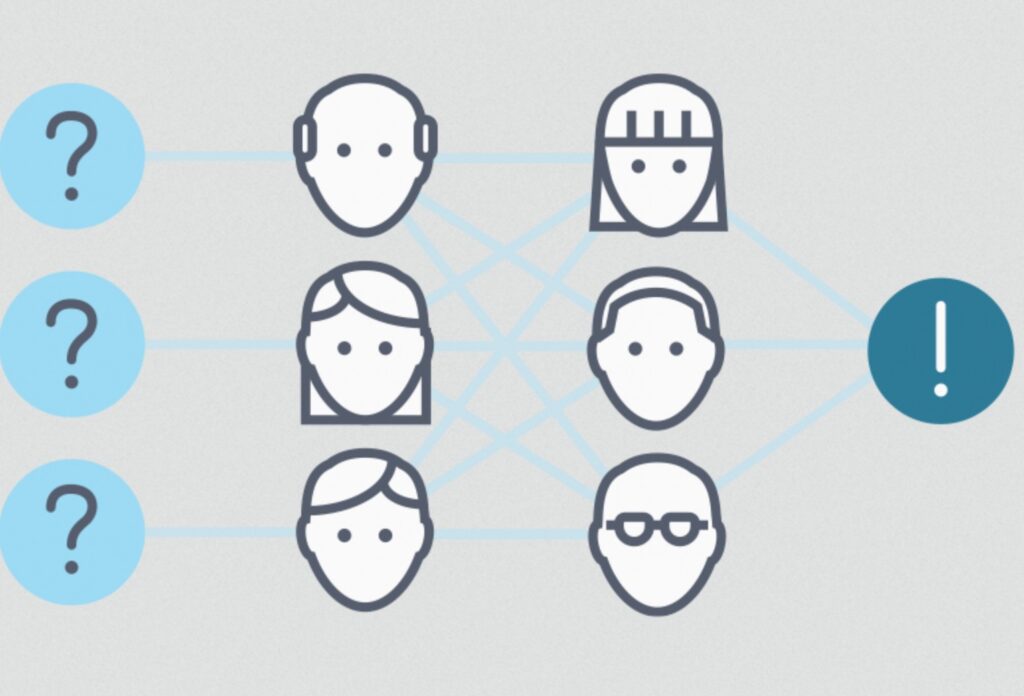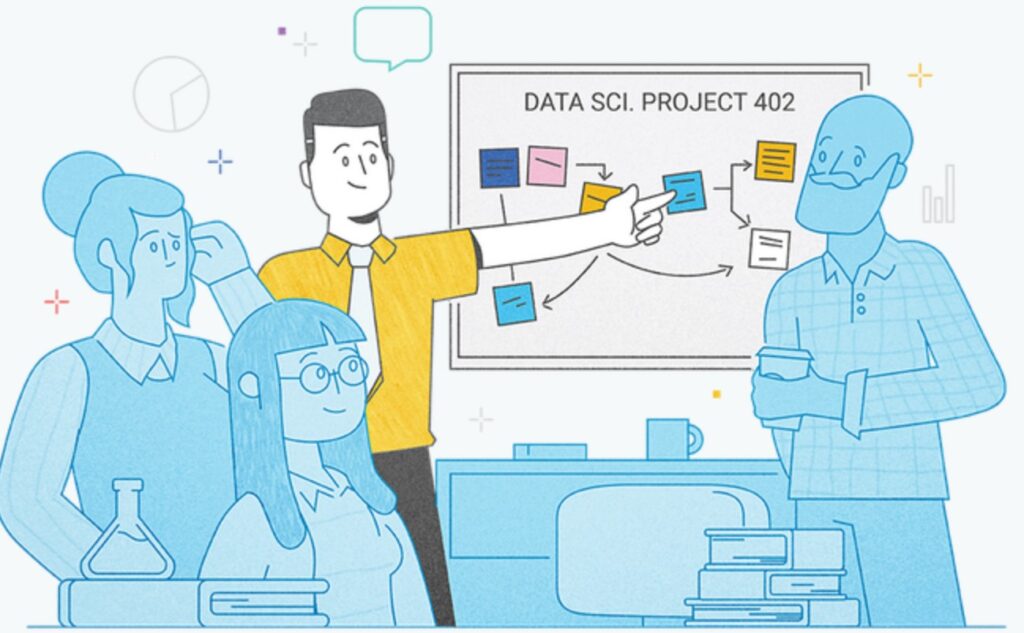
What is Kaggle and Why Every Data Scientist Should Use It
If you are interested in machine learning, you have certainly heard of Kaggle.
This is a cool ML resource for both beginners and world-class experts. Here you can learn Python, meet friends among other data science geeks, or even find a job. And it is 100% free.
In this post, we are going to tell you more about how you can use Kaggle to and earn a reputation of an ML Grandmaster.
What is Kaggle

Kaggle is a lot of things at once:
– interactive platform with hundreds of data mining contests,
– educational resource for both beginners and advanced data scientists,
– a social network for machine learning specialists.
Owned by Google since March 2017, Kaggle works as a public web space where users and organizations can publish, download and update data sets, do research and create models, interact with other data specialists and machine learning engineers, organize data research contests and participate in them. The system contains open data sets, provides cloud tools for data processing and machine learning. There is a section for posting job opportunities, where it is also possible to organize competitions to select the best candidate.
However, before you go on and explore Kaggle, I would recommend you to get a basic understanding of common machine learning techniques and serokell.io is a good place to start. If you are already a bit familiar with the topic, it will help you to get the most out of your Kaggle experience.
Kaggle has ranks. It is easy to understand who is in front of you: a first-timer or a seasoned developer:
- Novice. A new user who hasn’t yet done any work on Kaggle.
- Contributor. You have already taken part in your first Kaggle competition and explored the platform through courses and platforms.
- Expert. You completed a certain amount of work on Kaggle. You created your popular datasets, entered the top 5% in competitions, or contributed to the forum a lot.
- Master. Your Kaggle experience is exceptional. You won serious prizes in competitions, posted a lot of meaningful posts and answers to users’ questions. It takes time to get there. If you have a Master rank on
- Kaggle, it can be considered as a significant achievement at a job interview.
- Grandmaster. You’re a legend. You either work for Kaggle or are a true super-duper magic master of machine learning.
Tip: Ranks can be given to you for different achievements. The most highly praised ones are associated with competitions. For example, it is better to be a competition expert than a discussion master.
The benefits of Kaggle
Machine learning as a field concentrates on problem-solving. No matter if we are talking about a business case or research: you have a problem and have to find the best way to answer the target question. However, if you are learning ML by yourself or in a traditional institution that values theory more than practice, how can you possibly learn to apply mathematical concepts to real-life situations?
This is where Kaggle steps into the game. There are five main sections on the website:
Courses. Let’s start from the most lightweight category. In the “Learn” section, you will find several machine learning courses: Introduction to Python, Introduction to Machine Learning, Data Visualization, Pandas, and others. What is great, you will earn a free certificate for each of the courses. They are valuable for your CV and are generally accepted by employers. Having completed all the courses, you will be able to efficiently work on developing ML models on the level of an undergraduate university student. Even if you have never worked with ML but want to learn more about it, you will be able to become part of the Kaggle community by taking part in competitions, asking questions on forums, reading and upvoting notebooks by other users (more about it later) and so on. Kaggle was created by professionals from Google who actively work on developing the platform and making it accessible to everyone.
Discussions. Kaggle is a social network where people ask questions about ML and general or difficulties they have while working on Kaggle competitions and course tasks. You can also read the insights published by ML experts or share your own thoughts. Kaggle is a good place to test your ideas and ask for advice. If you have a blog about machine learning, this is the best way to promote it. In case you are looking for a study companion or an employee, you can also give it a try on Kaggle.
Competitions. This section is probably the most important on the website. Here the owners of the platform and real companies publish tasks that they want to be solved. When we are talking about really complex problems, the main can rich higher than $100k. For example, right now, you can help OSIC to recognize lung cancer with the help of ML tools or work with Google on a more effective landmark retrieval.
Notebooks. Notebooks on Kaggle are used to post long-read content: blog posts, guidelines, example solutions. If you post helpful notebooks, for example, explaining how to get a higher place in a competition chart, you can get upvoted. Users who post notebooks with many upvotes can also become Masters and Grandmasters.
Datasets. Kaggle is one of the biggest open-source resources online where you can find datasets dedicated to practically anything: from COVID-19 international statistics to Harry Potter spells and their usage. Both professional data scientists and ML students can explore this section of the platform to find inspiration for their next project.

Conclusion
Overall, anyone who is interested in ML and never stops learning new things needs to check out this platform. You will be able to develop your personal brand and become a know ML expert, participate in competitions with amazing prizes, and even find a job in the field of your dreams.